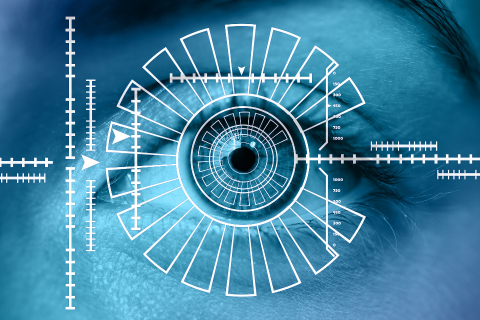Frontex


Task
Frontex commissioned 4 companies with technology forecasting and biometrics experience, including 4CF, to conduct a foresight analysis on biometric solutions for the future of travel.
The study’s central aim was to develop a report on the future of biometrics and its border control applications that could benefit the European Border and Coast Guard (EBCG) community in the short (1-5 years), medium (5-10 years) and long term (10+ years).

Solution
4CF and its partners conducted a comprehensive and multi-faceted analysis with the use of multiple tools and methods, including the Delphi study. Each phase of this complex project yielded a separate set of insights intended to help the EBCG in decision-making processes about technological innovations and seizing new opportunities while avoiding or reducing the risks associated with them.

Effect
The obtained results will help Frontex identify research and innovation initiatives that could accelerate the adoption of innovative biometric technologies for border checks. The study outlines how the future benefits of biometrics in border management can be maximised while minimising risks and ensuring full compliance with existing legal, ethical and technological constraints.
The Technology Foresight Handbook that accompanies the study outlines the overarching methodological framework developed for the project and describes specific methods and tools in considerable detail, with future implementations in mind. The document can serve as a point of departure for similar research on various topics, analyses of new technologies and the in-depth analysis of biometric technological clusters that were outside the scope of the study.
The taxonomy of biometric technologies and technology systems provides a comprehensive and systematic overview of the research field, which can be used for future innovations.
The analysis of patents, scientific literature and EU-funded projects provides valuable information on biometric R&D initiatives worldwide. It also determines the stage of development for specific biometric technologies and shows how EU-funded biometric research has progressed over the past years. The results will be an aid in targeting future research initiatives.
The travel and border control scenarios can be used to analyse and assess future technologies, systems and products intended for use in travel and border checks.
The 4CF Matrix of biometric technological clusters can be employed to study how technological advances and various other factors affect the placement of biometric technologies on the Matrix. The results will facilitate the monitoring of evolving strategic recommendations regarding further research and implementation processes.
The set of roadmaps developed for key biometric technological clusters can be used for continued analyses of the clusters’ development and for the monitoring of related opportunities and threats. Thus, it could serve as the basis for questioning the assumptions of strategic plans underlying technological implementations. The resulting insights should be reviewed periodically to assess the potential impact of external events on the course and shape of the original roadmap.
Readiness heatmaps show the extent to which cluster-specific needs (research-related, industrial and institutional) are already met or are expected to be met given the realisation of hypothetical scenarios. They can be used by the EBCG community to identify possible strategic development paths.
